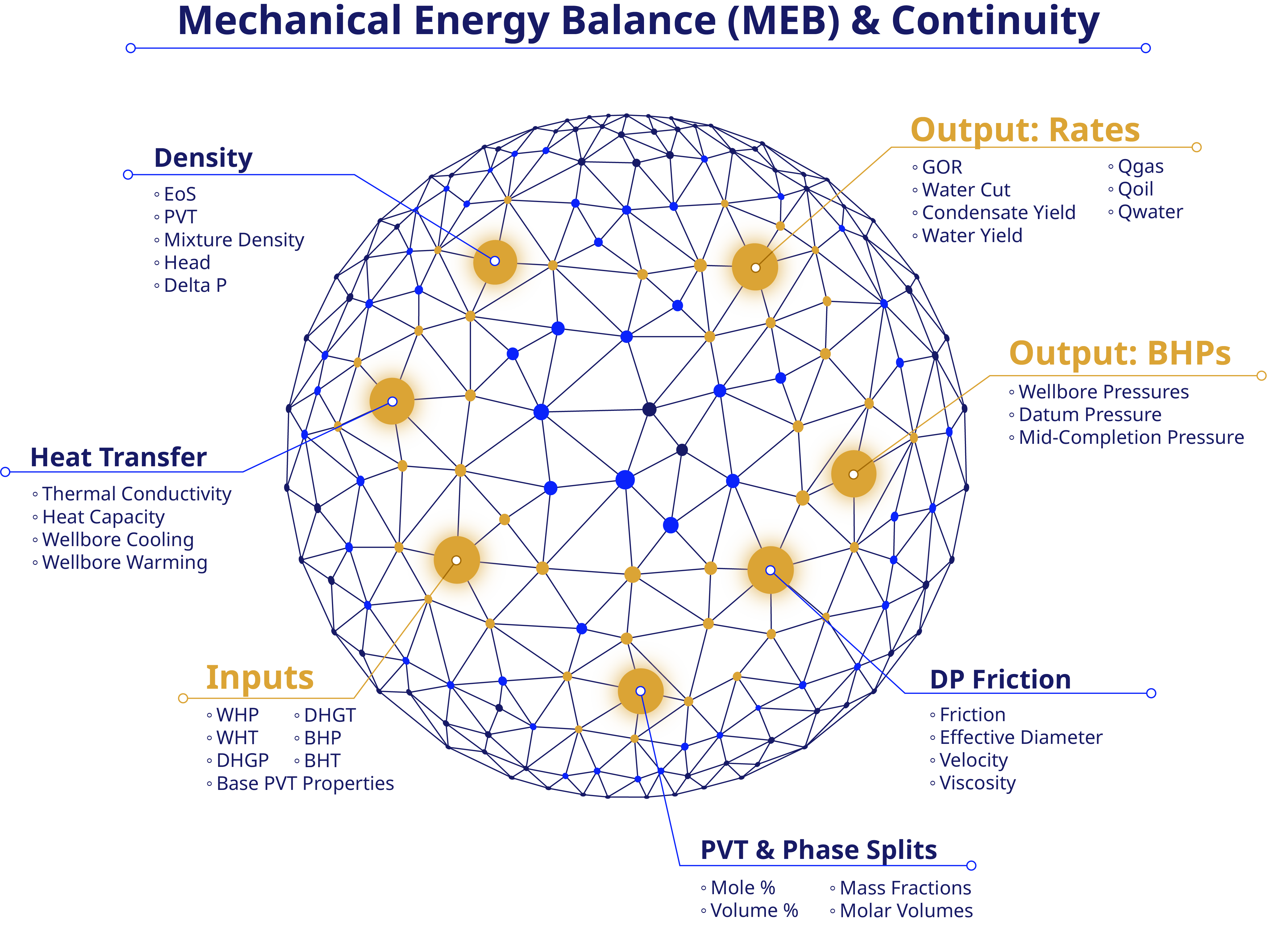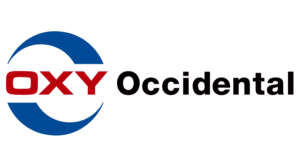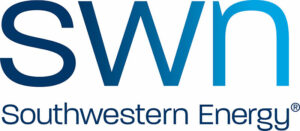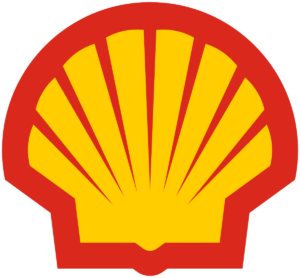A Multi-Dimensional Problem Requires a Multi-Dimensional Solution

All of these values interrelate and can change with time.
ODSI has the only software on the market today based on an integrated numerical solution to the MEB equation
Utilizing an integrated numerical solution for the Mechanical Energy Balance (MEB) equation offers several distinct advantages in wellbore fluid modeling:
1. It enables the coupling of an Equation of State (EoS) with a dynamic wellbore temperature profile, a crucial factor influencing fluid properties and fluid dynamics. By accounting for these temperature changes (wellbore warming during rate increases and wellbore cooling during shut-ins and rate decreases), the model can accurately adjust fluid properties and PVT (Pressure-Volume-Temperature) parameters in real-time, enhancing the accuracy of the rate and pressure calculations.
2. Incorporating wellbore ISIP flash calculations during shut-ins determines the fluid composition in the wellbore. This also allows the software to track changes in GOR & water cut for oil wells, or liquid yields in gas and gas/condensate wells. This comprehensive approach not only improves the predictive accuracy of the model but also provides valuable insights into fluid behavior, aiding in reservoir management and production optimization efforts.
Employing the ODSI integrated numerical solution in conjunction with dynamic temperature modeling and wellbore flash calculations empowers engineers with a robust toolset for efficient and precise wellbore analysis and decision-making. It results in valid rates and bottomhole pressures, providing accurate inputs for the completion and reservoir evaluation tools/methods.
Specialized engineering expertise for the toughest reservoir and production challenges
Well Flow Assurance
Recognize the maximum safe drawdown/minimum flowing BHP
What are the biggest threats to the well’s continued production?
Provide early warning signals of well failure through Time-Lapse PTA
Advise on ways to prevent, mitigate, or manage potential failures
Tracking EUR
Updating the range of remaining producible volumes – How much money is left in the ground?
Make informed decisions for well intervention plans based on remaining reserves – Don’t drop acid on a well with no reserves left!
Recognizing a well impairment when the apparent volumes drop
Identify Spare / Excess Capacity
What is the maximum safe rate for short-term production?
What is the well’s potential if stimulated?
Is the well being artificially constrained?
Optimize Production
Recognize which wells have fixable problems
Find the pressure drop that should not be there, and get rid of it!
Automated Gas Lift Optimization











